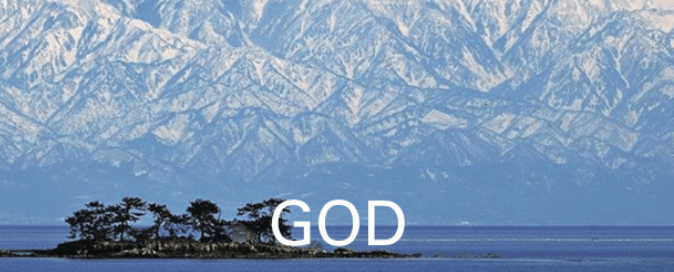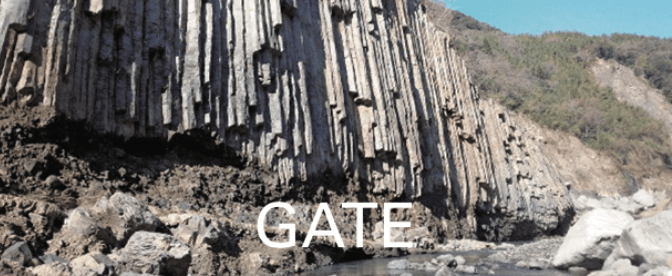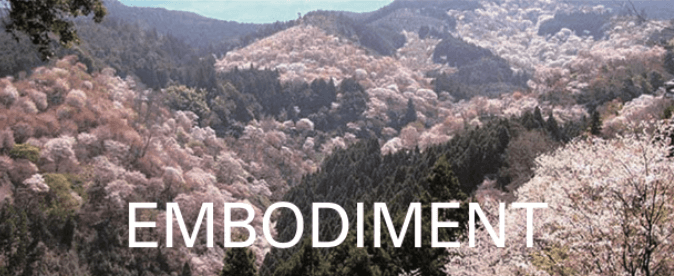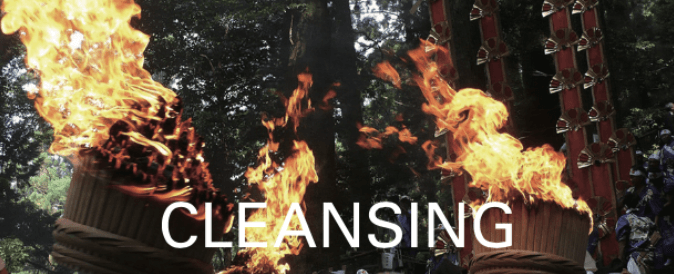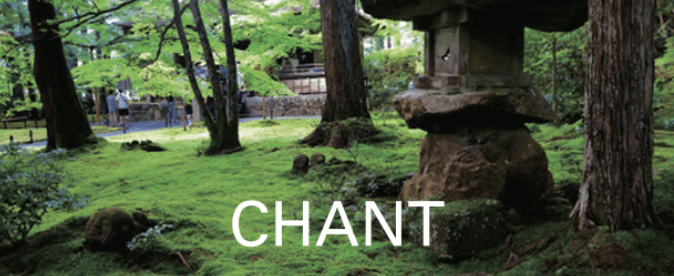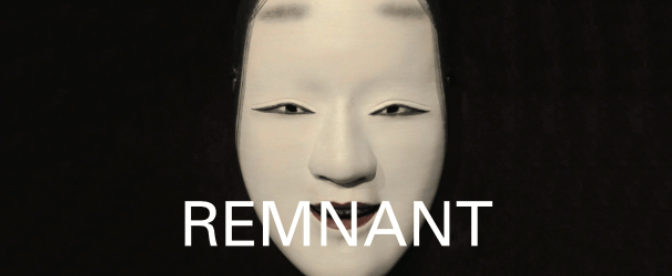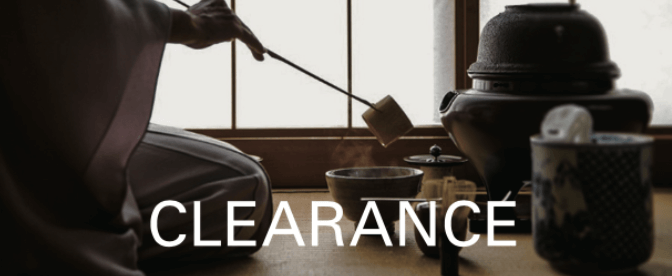
Waterfall Uramino-taki, is one of three outstanding waterfalls at Nikko. The eruption of Mt. Nantaisan created scenic spots, such as lakes, waterfalls, grasslands and wetlands. Waterfall Uramino-taki, has the aesthetic of stylish, thin threads hanging down from the surrounding rocks.
Matsuo Basho (1644 – 1694), the most famous poet of the Edo period, wrote a poem about the waterfall in the Oku no hosomichi, the Narrow Road to the Deep North, the major texts of poems and essays, as a travel journal by Matsuo Basho, – “Shibarakuwa Takini Komoruya Geno Hajime – Hiding yourself in the cave behind the waterfall and watching the flow of the waterfall, I feel a little bit of early summer practices of the monks. This scenic spot was seen as mountain of gods. That had kept people away from it, until Shodo Shounin, a High Priest in the 8th – 9th century, climbed this mountain and opened the temple. The flow of this waterfall can be seen as a mysterious flow of consciousness.

Mt. Nantaisan is the most sacred mountain in the Kanto region and its eruption created scenic spots, such as lakes, waterfalls, grasslands and wetlands. Chuzenji Lake was discovered by Shodo Shounin, a High Priest in the 8th – 9th century, when he succeeded in climbing the mountain for the first time, and opened the temple during the Nara period (710 – 794). Since then, Japanese mountain ascetic practicers loved the lake. Shodo Shounin‘s grace is located on Kozukeshima Island, in the lake.
The Waterfall, Uramino-taki, is one of three outstanding waterfalls at Nikko and has the aesthetic like thin threads hanging down from the surrounding rocks.
Matsuo Basho (1644 – 1694), the most famous poet of the Edo period, made a poem for this waterfall, at Oku no hosomichi, the Narrow Road to the Deep North: the major texts of poems and essays as a travel journal by Matsuo Basho. The poem is “Shibarakuwa Takini Komoruya Natsuno Hajime – Hiding yourself in the cave behind the waterfall and watching the flow of the waterfall, I feel a little bit of early summer practices of the monks”

This shrine was built when Minamoto no Yoriyoshi (988 – 1075), the head of the Minamoto clan, and his son Minamoto no Yoshiie (1039 – 1106), went to Mutsu Province for Zenkunen no Eki (1051 – 1062), the war in Mutsu Province to subdue the Abe clan. They built this shrine in Kitakata Fukushima as a prayer for victory, transferring the separated spirit from Kumano Kii Province.
Nagatoko, the worship hall, is a building made of a Shinden-zukuri, architectural style of nobles’ residence from the Heian period (794 – 1192). The worship hall without walls is decorated with seasonal weeping cherry blossoms and large ginkgo trees. As you climb the stairs behind Nagatoko, you will see the buildings of Kumano Nachi, Kumano Shingu, and Kumano Hongu. They are filled with a dignified and solemn atmosphere.

Around Chushu no Meigetu, the harvest moon in Autumn, the mysterious scene
of Lake Mashu becomes deeper.
This lake in Akan Mashu National Park is the highest transparent lake in Japan. In ancient days, an extremely large volcanic eruption created this lake. There are steep mountain walls around the 20km lake, and the water is deep blue. Although access is restricted for environmental protection, there are three observation decks. From the third and highest observation deck (670m), you can see the mysterious scene.
